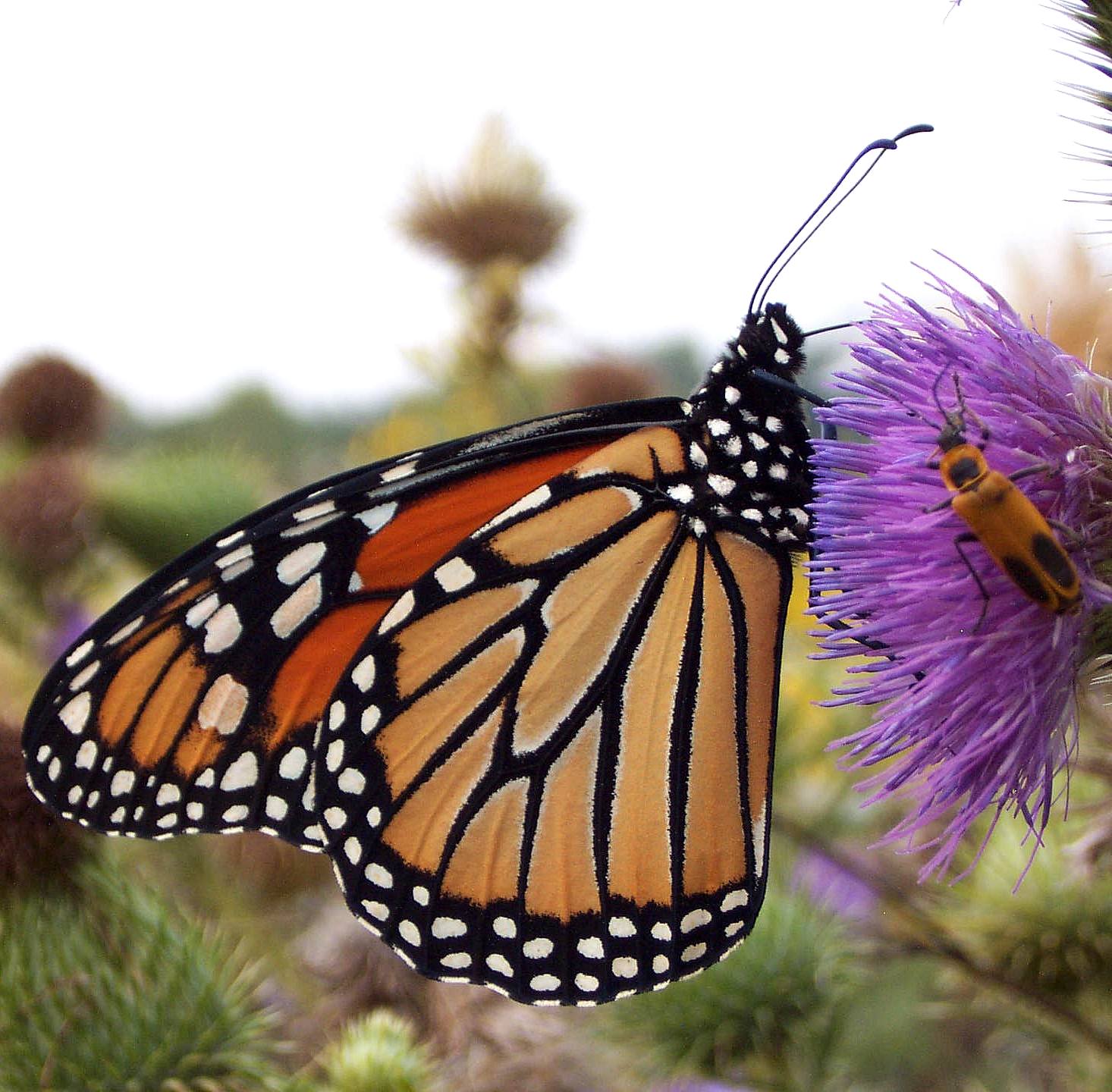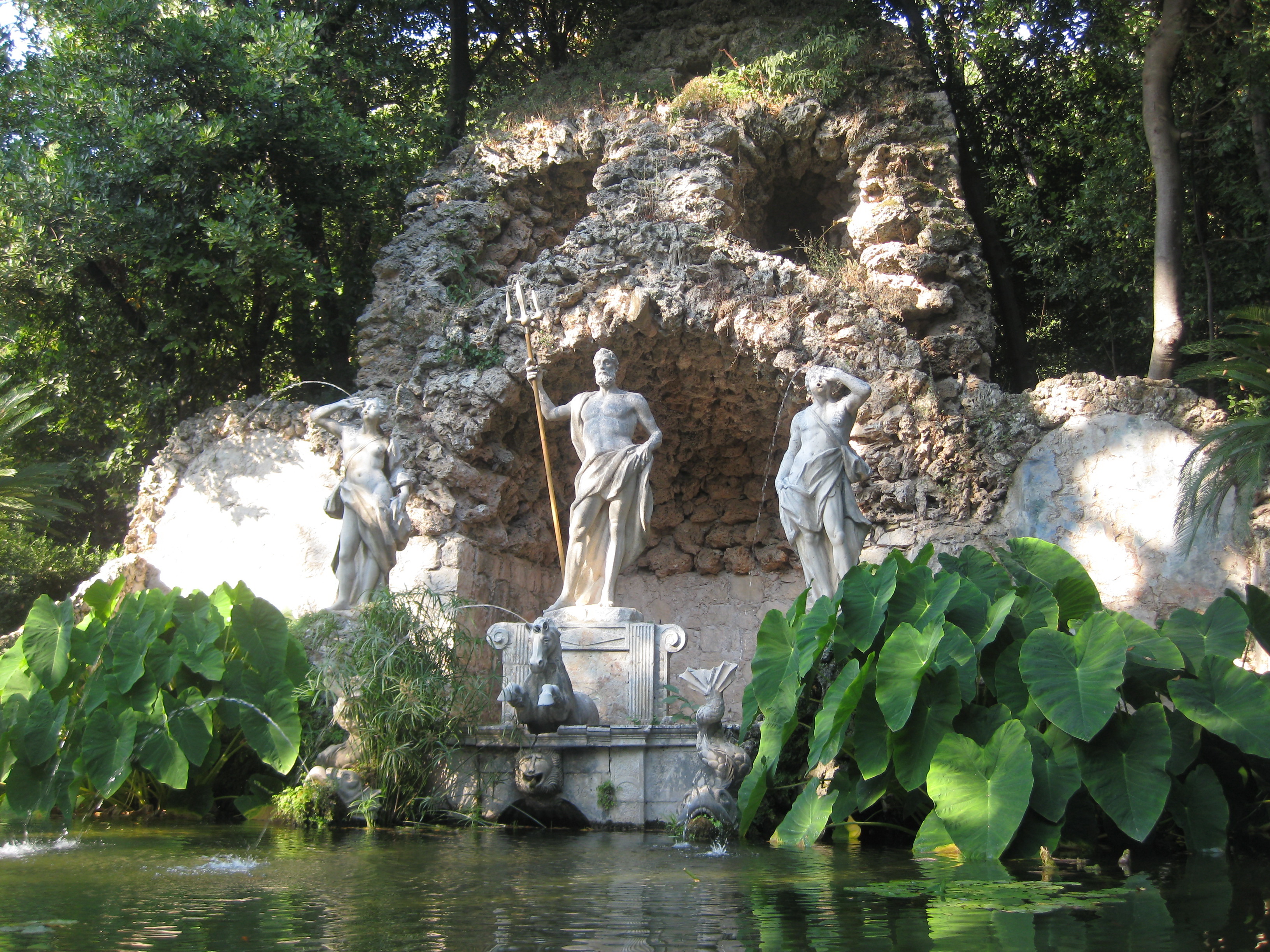|
Brenton Arboretum
The Brenton Arboretum is a 141-acre arboretum and public garden in Dallas Center, Iowa, United States, established in 1997. The arboretum displays 175 native Iowa trees and shrubs suitable to the site, as well as many other tree species which can grow in central Iowa. The non-profit arboretum is open to the public from 9 am to sunset on Tuesday through Sunday, featuring a collection of over 2,600 trees and shrubs on display. The arboretum was founded by Sue and J.C. (Buz) Brenton and their children, on land which was part of the original Home Farm acquired by Dr. James Brenton and his son, William Henry, soon after they arrived from Indiana in 1853 by covered wagon. Its first trees were planted in 1997. The master plan was created by Anthony Tyznik of Batavia, Illinois, who for many years was the landscape architect for the Morton Arboretum in Chicago, Illinois. The arboretum has a lake, pond, wetlands, several streams, walking paths, bridges, prairies, wildflowers and a smal ... [...More Info...] [...Related Items...] OR: [Wikipedia] [Google] [Baidu] |
Arboretum
An arboretum (plural: arboreta) in a general sense is a botanical collection composed exclusively of trees of a variety of species. Originally mostly created as a section in a larger garden or park for specimens of mostly non-local species, many modern arboreta are in botanical gardens as living collections of woody plants and is intended at least in part for scientific study. In Latin, an ''arboretum'' is a place planted with trees, not necessarily in this specific sense, and "arboretum" as an English word is first recorded used by John Claudius Loudon in 1833 in ''The Gardener's Magazine'', but the concept was already long-established by then. An arboretum specializing in growing conifers is known as a pinetum. Other specialist arboreta include saliceta (willows), populeta (Populus, poplar), and querceta (oaks). Related collections include a fruticetum, from the Latin ''frutex'', meaning ''shrub'', much more often a shrubbery, and a viticetum (from the Latin ''vitis,'' meani ... [...More Info...] [...Related Items...] OR: [Wikipedia] [Google] [Baidu] |
ArbNet
ArbNet is an international arboretum accreditation and networking program. The ArbNet program is supported and coordinated through The Morton Arboretum, with partners American Public Gardens Association and Botanic Gardens Conservation International. ArbNet was developed to set industry standards, foster partnerships and collaborations, and provide guidelines for professional development for tree-focused gardens A garden is a planned space, usually outdoors, set aside for the cultivation, display, and enjoyment of plants and other forms of nature. The single feature identifying even the wildest wild garden is ''control''. The garden can incorporate both .... Globally, over 150 arboreta have been accredited since 2011. There are four different levels of accreditation depending on the arboretum's stage of development, capacity, and potential for scientific and conservation-related collaboration. All levels require a strategic plan, a focus on woody species, public access, and par ... [...More Info...] [...Related Items...] OR: [Wikipedia] [Google] [Baidu] |
Arboretum
An arboretum (plural: arboreta) in a general sense is a botanical collection composed exclusively of trees of a variety of species. Originally mostly created as a section in a larger garden or park for specimens of mostly non-local species, many modern arboreta are in botanical gardens as living collections of woody plants and is intended at least in part for scientific study. In Latin, an ''arboretum'' is a place planted with trees, not necessarily in this specific sense, and "arboretum" as an English word is first recorded used by John Claudius Loudon in 1833 in ''The Gardener's Magazine'', but the concept was already long-established by then. An arboretum specializing in growing conifers is known as a pinetum. Other specialist arboreta include saliceta (willows), populeta (Populus, poplar), and querceta (oaks). Related collections include a fruticetum, from the Latin ''frutex'', meaning ''shrub'', much more often a shrubbery, and a viticetum (from the Latin ''vitis,'' meani ... [...More Info...] [...Related Items...] OR: [Wikipedia] [Google] [Baidu] |
Dallas Center, Iowa
Dallas Center is a city in Dallas County, Iowa, United States. The population was 1,901 during the 2020 census. It is part of the Des Moines–West Des Moines Metropolitan Statistical Area. History Dallas Center got its start in the year 1869, following construction of the railroad through the territory. It was named for United States Vice President George M. Dallas. Dallas Center was incorporated on March 22, 1880. Geography According to the United States Census Bureau, the city has a total area of , all land. Dallas Center is located west-northwest of Des Moines and nine miles (14 km) west of Grimes. Demographics 2010 census As of the census of 2010, there were 1,623 people, 630 households, and 434 families residing in the city. The population density was . There were 669 housing units at an average density of . The racial makeup of the city was 98.2% White, 0.6% African American, 0.2% Native American, 0.1% Asian, 0.1% from other races, and 0.8% from two or more race ... [...More Info...] [...Related Items...] OR: [Wikipedia] [Google] [Baidu] |
Covered Wagon
The covered wagon or prairie wagon, historically also referred to as an ambulance or prairie schooner, was a vehicle usually made out of wood and canvas that was used for transportation, prominently in 19th-century America. With roots in the heavy Conestoga wagon developed for the rough, undeveloped roads and paths of the colonial East, the covered wagon spread west with American migration. The Conestoga wagon was far too heavy for westward expansion. Typical farm wagons were merely covered for westward expansion and heavily relied upon along such travel routes as the Great Wagon Road, the Mormon Trail and the Santa Fe and Oregon Trails, covered wagons carried settlers seeking land, gold, and new futures ever further west. Throughout the 20th century, the covered wagon grew to become an icon of the American West. History Once breached, the moderate terrain and fertile land between the Appalachians and the Mississippi was rapidly settled. In the mid-nineteenth century t ... [...More Info...] [...Related Items...] OR: [Wikipedia] [Google] [Baidu] |
Anthony Tyznik
Anthony "Tony" Tyznik (born in 1925; died on 19 November 2016 aged 91) was a landscape architect. Tyznik began his career in landscape architecture after graduating from the University of Wisconsin where he graduated with a degree in landscape architecture. He worked as a landscape architect and artist at the Morton Arboretum for over 40 years. He has also designed the Carton Garden, which is featured in the Smithsonian. Tyznik created the master plan for the Brenton Arboretum The Brenton Arboretum is a 141-acre arboretum and public garden in Dallas Center, Iowa, United States, established in 1997. The arboretum displays 175 native Iowa trees and shrubs suitable to the site, as well as many other tree species which can .... References 1925 births 2016 deaths American landscape architects University of Wisconsin–Madison College of Letters and Science alumni {{US-architect-stub ... [...More Info...] [...Related Items...] OR: [Wikipedia] [Google] [Baidu] |
Batavia, Illinois
Batavia () is a city mainly in Kane County and partly in DuPage County in the U.S. state of Illinois. Located in the Chicago metropolitan area, it was founded in 1833 and is the oldest city in Kane County. Per the 2020 census, the population was 26,098. During the latter part of the 19th century, Batavia, home to six American-style windmill manufacturing companies, became known as "The Windmill City." Fermi National Accelerator Laboratory, a federal government-sponsored high-energy physics laboratory, where both the bottom quark and the top quark were first detected, is located just east of the city limits. Batavia is part of a vernacular region known as the Tri-City area, along with St. Charles and Geneva, all western suburbs of similar size and relative socioeconomic condition. cheetz, George H."Whence Siouxland?" ''Book Remarks'' ioux City Public Library May 1991. History Batavia was settled in 1833 by Christopher Payne and his family. Originally called Big Woods for th ... [...More Info...] [...Related Items...] OR: [Wikipedia] [Google] [Baidu] |
Morton Arboretum
The Morton Arboretum, in Lisle, Illinois, United States, is a public garden, and outdoor museum with a library, herbarium, and program in tree research including the Center for Tree Science. Its grounds, covering 1,700 acres (6.9 square kilometres), include cataloged collections of trees and other living plants, gardens, and restored areas, among which is a restored tallgrass prairie. The living collections include more than 4,100 different plant species. There are more than 200,000 cataloged plants. As a place of recreation, the Arboretum has hiking trails, roadways for driving and bicycling, a interactive children's garden and a maze. The Schulenberg Prairie at the Arboretum was one of the earliest prairie restoration projects in the Midwest, begun in 1962. It is one of the largest restored prairies in the Chicago suburban area. The Arboretum offers an extensive nature-centered education program for children, families, school groups, scouts, and adults, including tree and r ... [...More Info...] [...Related Items...] OR: [Wikipedia] [Google] [Baidu] |
List Of Botanical Gardens In The United States
This list is intended to include all significant botanical gardens and arboretums in the United States.BGCI Garden Search |
Arboreta In Iowa
An arboretum (plural: arboreta) in a general sense is a botanical collection composed exclusively of trees of a variety of species. Originally mostly created as a section in a larger garden or park for specimens of mostly non-local species, many modern arboreta are in botanical gardens as living collections of woody plants and is intended at least in part for scientific study. In Latin, an ''arboretum'' is a place planted with trees, not necessarily in this specific sense, and "arboretum" as an English word is first recorded used by John Claudius Loudon in 1833 in ''The Gardener's Magazine'', but the concept was already long-established by then. An arboretum specializing in growing conifers is known as a pinetum. Other specialist arboreta include saliceta (willows), populeta ( poplar), and querceta ( oaks). Related collections include a fruticetum, from the Latin ''frutex'', meaning ''shrub'', much more often a shrubbery, and a viticetum (from the Latin ''vitis,'' meaning vine ... [...More Info...] [...Related Items...] OR: [Wikipedia] [Google] [Baidu] |
Botanical Gardens In Iowa
Botany, also called , plant biology or phytology, is the science of plant life and a branch of biology. A botanist, plant scientist or phytologist is a scientist who specialises in this field. The term "botany" comes from the Ancient Greek word (''botanē'') meaning "pasture", "herbs" "grass", or "fodder"; is in turn derived from (), "to feed" or "to graze". Traditionally, botany has also included the study of fungi and algae by mycologists and phycologists respectively, with the study of these three groups of organisms remaining within the sphere of interest of the International Botanical Congress. Nowadays, botanists (in the strict sense) study approximately 410,000 species of land plants of which some 391,000 species are vascular plants (including approximately 369,000 species of flowering plants), and approximately 20,000 are bryophytes. Botany originated in prehistory as herbalism with the efforts of early humans to identify – and later cultivate – edible, medici ... [...More Info...] [...Related Items...] OR: [Wikipedia] [Google] [Baidu] |


.jpg)


